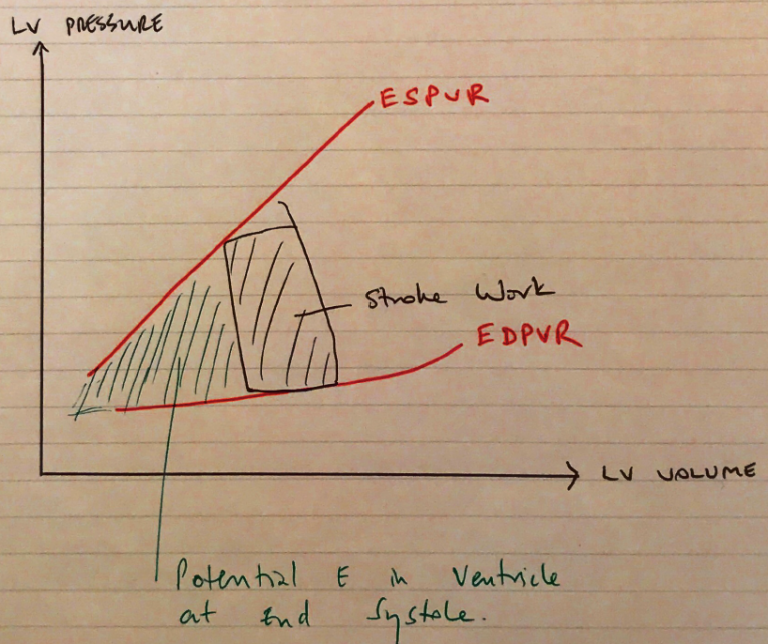G5ii / 19A20: Describe the cardiovascular effects of positive pressure ventilation on a patient who has received a long acting muscle relaxant
19A20: Exam Report
Describe the cardiovascular effects of positive pressure ventilation on a patient who has received a long acting muscle relaxant.
33% of candidates passed this question.
Structured answers separating effects of positive pressure on right and left ventricle, on preload and on afterload were expected. Overall there was a lack of depth and many candidates referred to pathological states such as the failing heart. Simply stating that positive pressure ventilation reduced right ventricular venous return and/or left ventricular afterload, without some additional explanation was not sufficient to achieve a pass level.
G5ii / 19A20: Describe the cardiovascular effects of positive pressure ventilation on a patient who has received a long acting muscle relaxant
Definitions
- IPPV = application of positive pressure to the airway to inflate the lungs
- Results in ↑pleural pressure during INSP
- During EXPR intrapleural & airway pressures return toward atmospheric, unless PEEP is added
Cardiovascular Changes
Inspiration
- Initial ↑CO
- +ve pressure
- Compression of pulm. vessels
- ↑LV preL
- ↑LV SV
THEN ↓CO…
- ↓ Venous return
- ↓RV preL
- ↓ RV SV
- ↓ pulm. blood flow
- ↓LV preL
- ↓LV output
- ↑ PVR
- ↑airway pressure compresses pulm. vessels → ↑PAP
- ↑PVR
- ↑RV afterL
- Bulging of IV septum into LV
- ↓LV compliance & ↓LV filling
- Exacerbates ↓ LV output
- ↓ LV Afterload – ↑ITP
- ↓ transmural P of LV
- ↑ wall tension by Law of LaPlace
- ↓ LV afterL
- But, ↓LV filling dominates ∴even though ↓LV afterL there is ↓LV CO
(Transmural P = Intraventricular P – Intrathoracic P)
Expiration
- ↑PreL
- ↓Intrathoracic P
- ↓Vessels compression
- ↑VR to RV
- ↑VR to LV
- ↑CO
- ↑AfterL
- ↓ Intrathoracic P
- ↑ Transmural P
- ↑ AfterL
- ↓ CO
- ↑PreL
OVERALL EFFECT: depends on cardiac function & volume status
- Author: Krisoula Zahariou
